Summer brings with it a unique set of challenges for bonsai enthusiasts. As the temperature rises, keeping your bonsai properly hydrated becomes crucial for its health and vitality. Here’s your guide to mastering bonsai watering during the warmer months, ensuring your miniature trees don’t just survive but thrive.
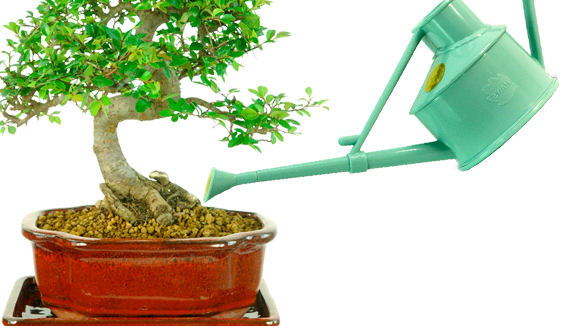
Understanding Your Bonsai’s Water Needs
Every bonsai species has its own hydration requirements, which can vary significantly based on factors like size, soil composition, and pot type. Recognizing these needs is the first step toward effective summer care. If you are looking for an easygoing species opt for Chinese elm, ficus, or carmona bonsai.
The Art of Watering in Summer
Watering bonsai is not just about quantity; it’s about timing and technique. Here’s how to get it right:
- Morning Rituals: Watering your bonsai early in the day prepares it for the heat ahead, ensuring the water is absorbed efficiently before the sun’s intensity increases evaporation.
- Evening Alternatives: If mornings aren’t feasible, late evening is your next best option, allowing for absorption without the immediate evaporation that midday sun would cause.
- Deep Soak Method: Ensure water penetrates the entire root system by continuing to water until it flows freely from the drainage holes. This method encourages deep root growth and prevents dry spots in the soil.

- Pot selection: Unglazed clay pots can evaporate more water than glazed and plastic pots. In the wetter season these pots are good for draining properly but during summer keep a careful eye on them.
- DIY plastic bottle method for deep watering: If your pot is wide enough you can deeply water your bonsai with the help of a recycled plastic bottle. Make holes at the top of the bottle and place it over the soil, cut out the bottom layer of the bottle and fill it with water, it will gradually leach out deeper into the soil.
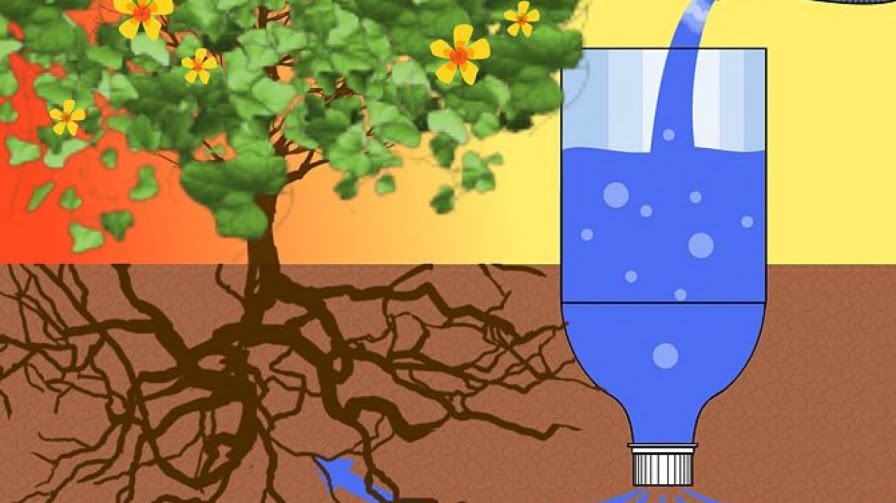
Monitoring Soil Moisture
The key to effective bonsai hydration is not to water on a rigid schedule but to monitor the soil’s moisture content.
- Feel the Soil: Before watering, check the soil moisture by feeling it a centimetre below the surface. If it’s dry, it’s time to water; if it’s still moist, wait a day or two. You can use your finger or a dry wooden chopstick to detect the moisture.
- Use Tools: Soil moisture meters can be a handy tool for beginners or for those caring for particularly sensitive or valuable bonsai trees.
Creating a Humid Microclimate
Summer heat can dry out the air around your bonsai, making a humid microclimate beneficial.
- Tray Method: Place your bonsai on a tray filled with water and pebbles. This increases humidity around the plant as the water evaporates, mimicking a more natural environment.
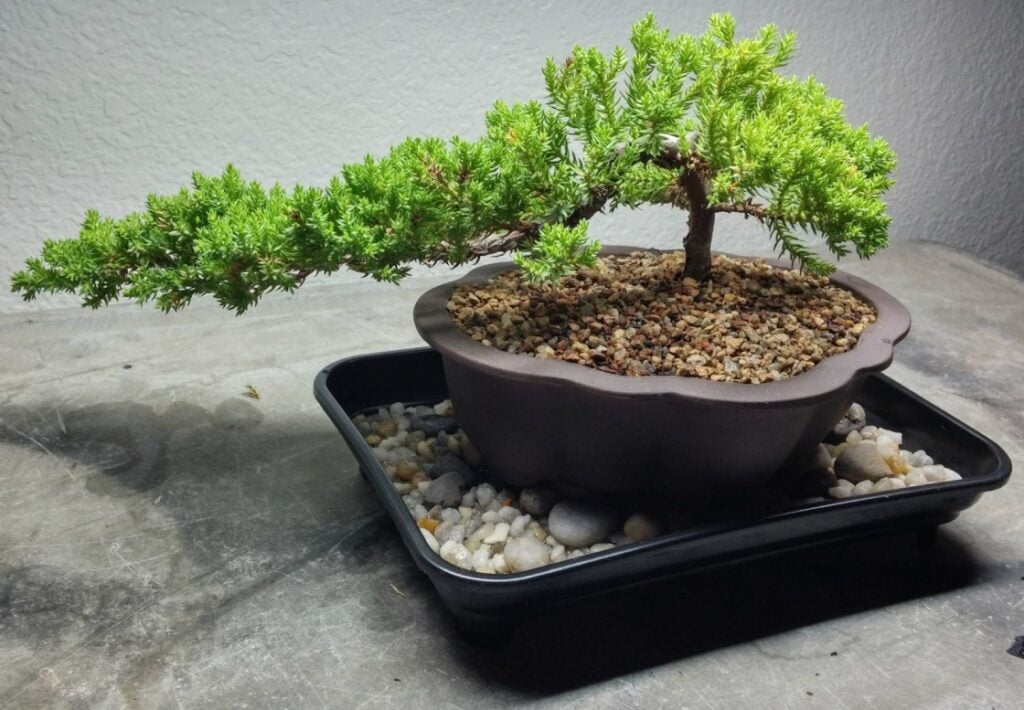
- Grouping: Placing bonsai close together can also help to create a microclimate with higher humidity, benefiting all the plants involved.
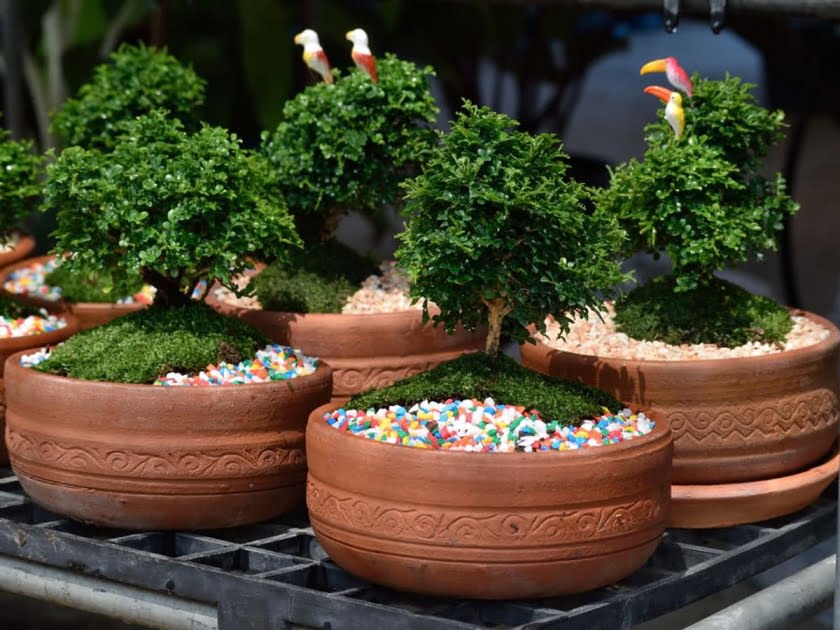
- Misting: You can simply increase your moisture level by misting around your bonsai. Do not mist on bonsai that have velvety leaves.
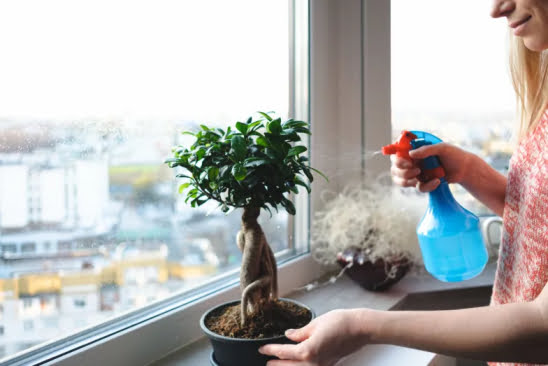
- Two pot method: Place the pot inside a bigger pot. Fill the bottom of the bigger pot with sphagnum moss and spray it with water. Make sure both pots have drainage holes.
Recognizing Signs of Dehydration
Keep an eye out for wilting leaves, dry leaf edges, or a lightening of the soil color, which can all indicate your bonsai needs water. Acting quickly to rehydrate your bonsai can prevent more serious damage.
Hydration is at the heart of summer bonsai care. By mastering the nuances of watering, monitoring soil moisture, and creating a supportive environment, you can ensure your bonsai remains a vibrant and thriving part of your garden through the summer and beyond.
